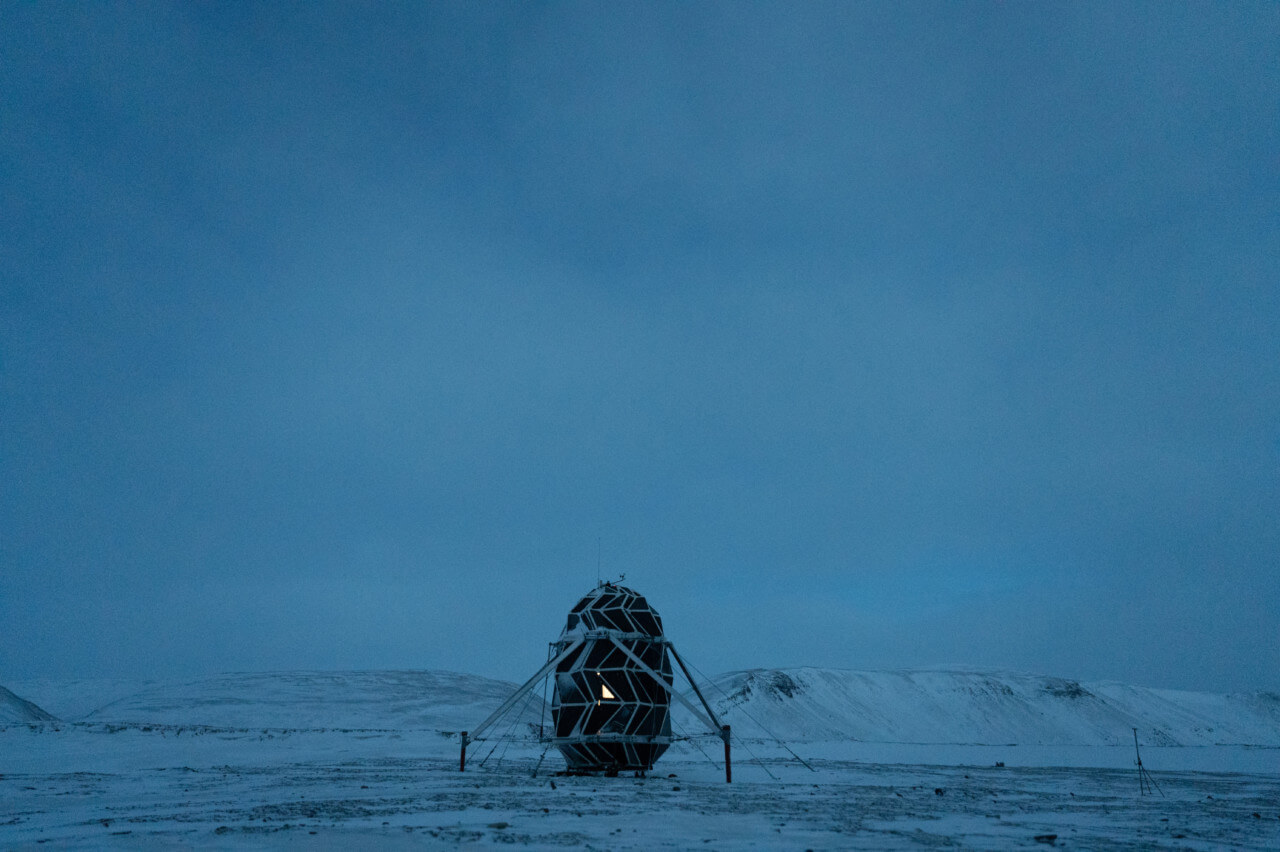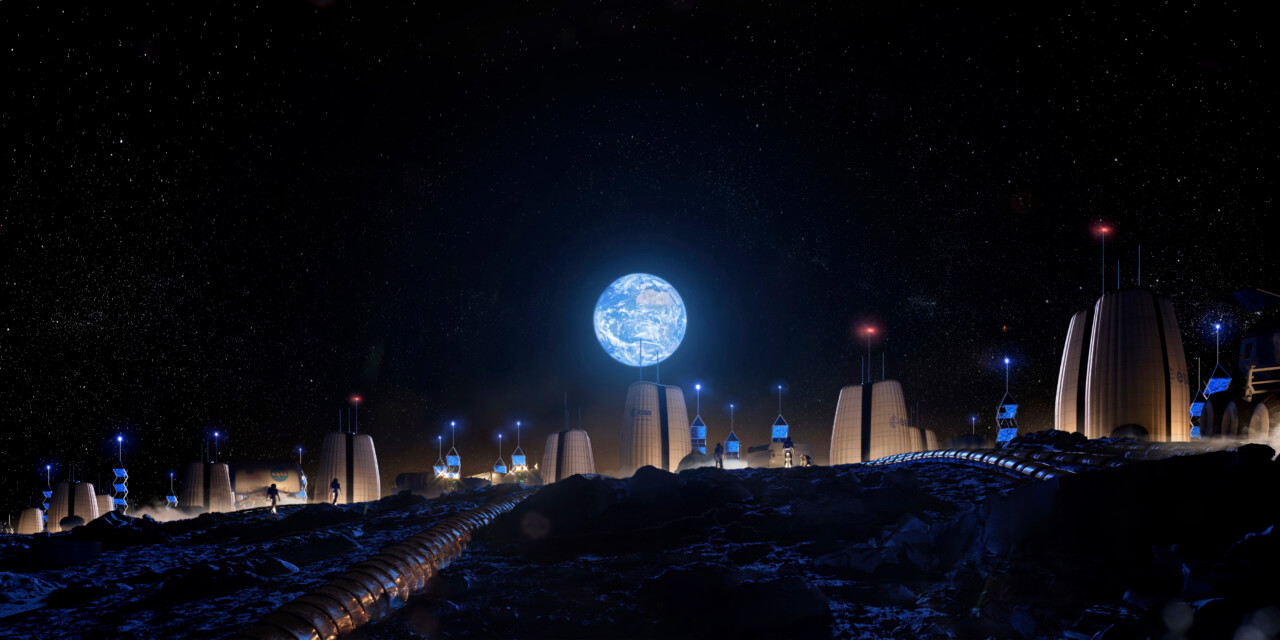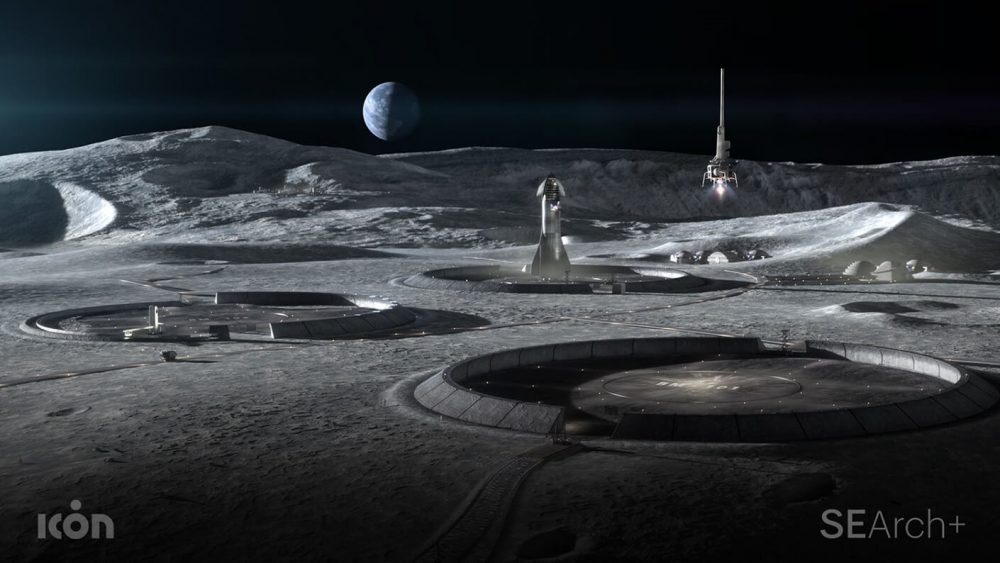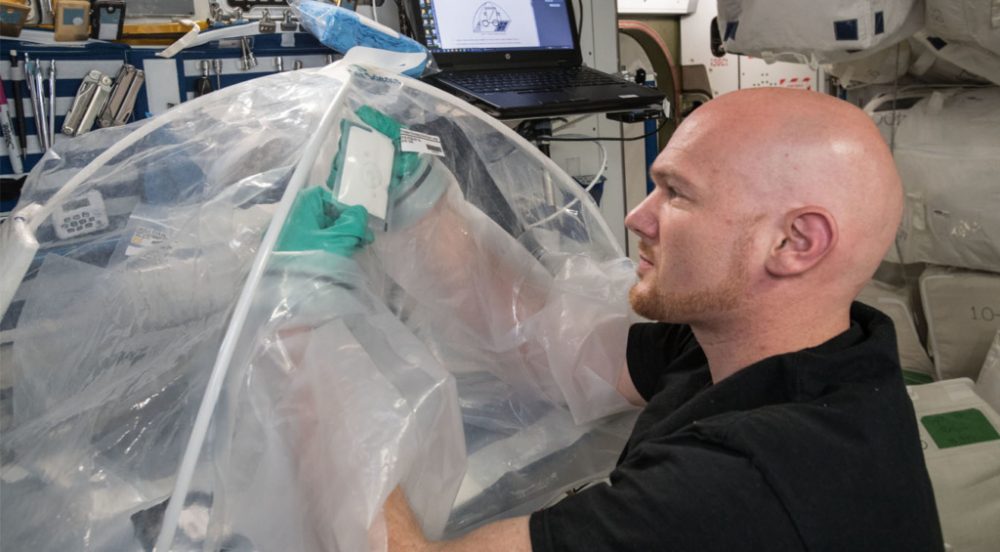Bjarke Ingels Group (BIG) and Texan robotics and advanced materials company ICON have revealed their latest collaboration, the 3D-printed Mars Dune Alpha. The experimental habitat will be used by NASA to simulate long-term missions to Mars and document the effects on participants. As part of the space agency’s Crew Health and Performance Exploration Analog (CHAPEA)
In September of 2020, Sebastian Aristotelis and Karl-Johan Sorensen, founders of SAGA Space Architects, embarked on a three-month mission to Northern Greenland in hopes of simulating the experience of living on the Moon. Drawing inspiration from the tradition of origami folding and the form of a budding leaf, SAGA designed a habitat specifically for the
Just days before billionaire Jeff Bezos is due to be blasted into the cosmos (or close to it) aboard a suborbital space vehicle with an all-civilian crew, the Amazon founder and former CEO again emphasized his passion for all things astronautic with a $200 million donation to the Smithsonian Institution. The money will solely be
The theme of this year’s Venice Architecture Biennale, still on track to open on May 22, asks attendees and observers, How will we live together? For Skidmore, Owings & Merrill (SOM), that answer appears to be “on the moon,” as the multinational design juggernaut will bring its Moon Village to Venice’s Arsenale. For the Life Beyond Earth exhibition, SOM and the European Space
NASA is continuing the work started in its 2018 3D-Printed Habitat Challenge, which sought designs for 3D printing radiation-shielded Martian shelters from the surrounding regolith, a little closer to home. Participants SEArch+, 3D printing, robotics, and advanced materials startup ICON, and the Bjarke Ingels Group (BIG) have all been tapped to research how we might
Can you build with concrete in space? That is the question NASA and Pennsylvania State University researchers have been trying to get the answer to in their Microgravity Investigation of Cement Solidification (MICS) study. If humanity has any future on the moon or Mars, we’ll need shelter—not from rain or snow, but cosmic radiation and




